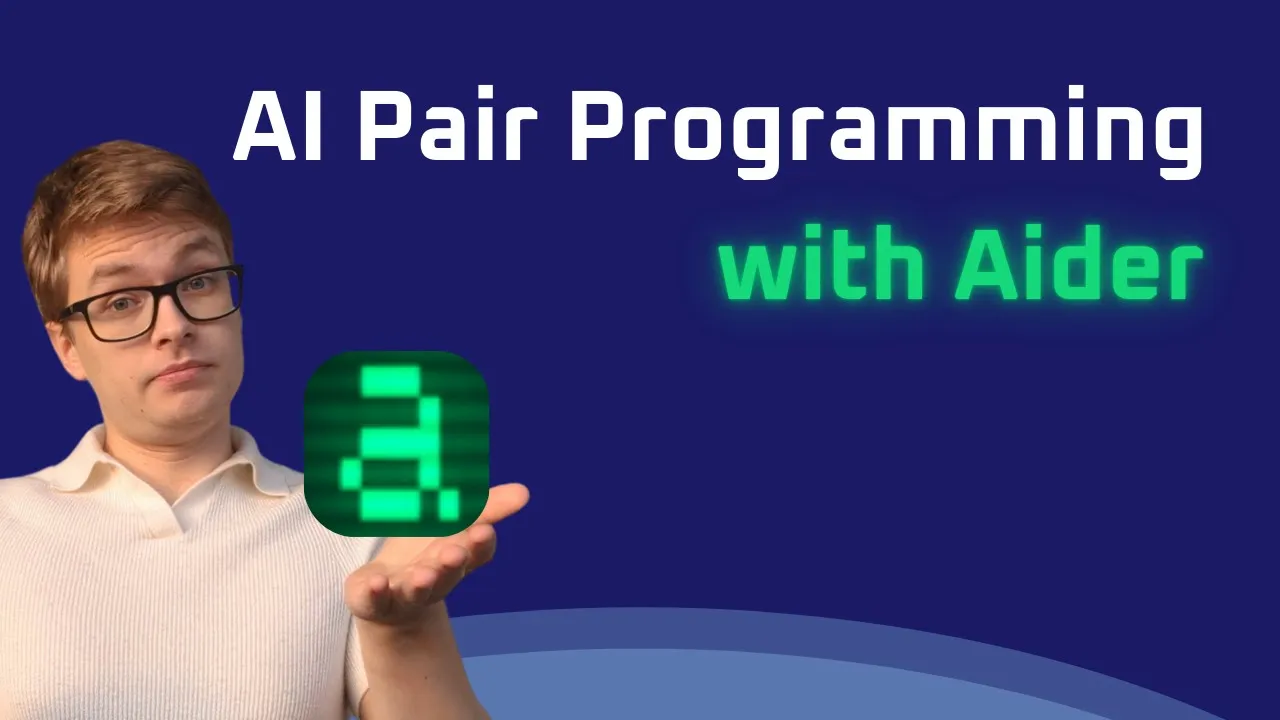Redefining Pair Programming in the AI Era
Pair programming has been a cornerstone practice in software development for decades. Two developers sharing a single workstation—one writing code while the other reviews each line in real-time. This practice has proven benefits: knowledge transfer, fewer bugs, and more maintainable code. But what happens when your programming partner isn’t human? This evolution represents a significant shift in how engineers can accelerate their growth along their AI engineering career path.
The Traditional Pair Programming Dynamic
The classic pair programming model involves two distinct roles that typically alternate:
- The Driver who writes the code
- The Navigator who reviews the code and thinks strategically
This partnership creates a continuous feedback loop where ideas are instantly validated, mistakes are caught early, and knowledge flows between partners. The social dynamics of pair programming—accountability, motivation, and shared ownership—have made it a powerful practice despite its apparent inefficiency of having two developers work on a single task.
AI as Your Always-Available Programming Partner
The introduction of AI pair programming creates a fundamentally new dynamic. Unlike human partners who may be unavailable, AI assistants are:
- Available 24/7, eliminating scheduling constraints
- Never fatigued or distracted
- Free from ego or interpersonal conflicts
- Consistently attentive to details
- Able to rapidly context-switch
These qualities address many practical challenges that have limited the adoption of traditional pair programming, making the benefits of collaborative development more accessible to all developers.
The Evolving Roles in AI Pair Programming
While traditional pair programming has clearly defined driver and navigator roles, AI pair programming introduces more fluid dynamics:
The Human Developer:
- Sets direction and goals based on business requirements
- Makes architectural decisions informed by AI suggestions
- Validates generated code against business logic
- Learns from AI explanations and alternatives
- Maintains critical thinking and final decision authority
The AI Partner:
- Suggests implementation approaches and patterns
- Identifies potential issues before they become problems
- Provides contextual knowledge without context switching
- Explains concepts when knowledge gaps appear
- Adapts to the developer’s style and preferences over time
This relationship combines the creative problem-solving and domain knowledge of human developers with the pattern recognition and recall capabilities of AI. This dynamic is particularly valuable when building AI agents where developers need both architectural understanding and implementation expertise.
Knowledge Amplification Through Dialogue
One of the most powerful aspects of AI pair programming is the knowledge amplification that occurs through dialogue. When developers explain their reasoning to an AI assistant:
- Assumptions are surfaced and examined
- Mental models become more explicit
- Knowledge gaps become apparent before they cause issues
- Understanding deepens through teaching
This dialogic approach to development mirrors the Socratic teaching method, where questions drive deeper understanding. The act of articulating problems and solutions to your AI partner often reveals insights that might otherwise remain undiscovered.
The New Feedback Loop
Traditional development involves lengthy cycles between writing code and receiving feedback. AI pair programming creates a tight, continuous feedback loop where:
- The developer writes or plans code
- The AI provides immediate feedback or suggestions
- The developer refines based on this input
- Implementation moves forward with greater confidence
This compressed feedback cycle dramatically reduces the cost of experimentation and helps developers arrive at optimal solutions faster.
Building Mastery Through Augmented Practice
The path to mastery in any discipline involves deliberate practice with feedback. AI pair programming creates ideal conditions for this growth by providing:
- Immediate feedback on code quality and approach
- Explanations that connect implementation details to broader principles
- Exposure to alternative approaches and patterns
- Safety to experiment without judgment
This supportive yet challenging environment accelerates the development of expertise in ways that solitary programming simply cannot match. For developers looking to build practical experience, this approach is essential for creating compelling AI engineering portfolio projects that demonstrate real competency.
From Pair Programming to Team Augmentation
As AI pair programming practices mature within development teams, the benefits extend beyond individual productivity to team capabilities:
- Knowledge sharing becomes more efficient as AI partners carry patterns across the team
- Onboarding accelerates as new team members benefit from accumulated knowledge
- Best practices propagate more consistently
- Team members can focus more on collaboration and less on routine problem-solving
This evolution suggests that AI assistance may fundamentally change not just how individual developers work, but how development teams organize themselves and collaborate.
To see exactly how to implement these concepts in practice, watch the full video tutorial on YouTube. I walk through each step in detail and show you the technical aspects not covered in this post. If you’re interested in learning more about AI engineering, join the AI Engineering community where we share insights, resources, and support for your journey. Turn AI from a threat into your biggest career advantage!

